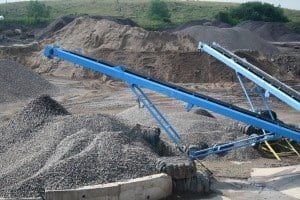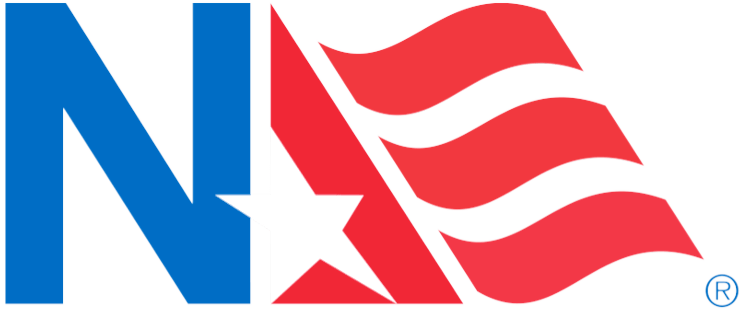The selection of an appropriate gear reducer can be a daunting task for a design engineer because there are a myriad of potential gear reducer designs and products that may appear to satisfy design requirements. On one hand, a gear reducer that is over-designed for the application may result in the selection of a more expensive product. On the other hand, a gear reducer that is under-designed for the application may lead to premature failure and avoidable downtime. The selection of an appropriate gear reducer therefore involves a careful balance of cost, performance and reliability. It is incumbent upon the design engineer to fully understand the process and criteria by which an appropriate gear reducer is selected.
Gear reducers convert high-speed rotational energy from an input or driving device, such as a motor, to an output or driven device, such as a shaft. This is accomplished by using two or more gears that are configured to obtain the correct rotational or translational direction, speed or torque relative to the output device. Generally, gear reducers are used to reduce the output speed of a motor, causing a proportional increase in output torque. This enables several different types, styles and sizes of motors, which may operate at different speeds or with different power ratings, to be ideally matched to several different applications. This article will discuss the importance of selecting the appropriate gear reducer based on the application.
One of the fundamental considerations in the selection of a gear reducer involves the geometry of the housing, input and output shafts. Geometrical considerations will determine the type of gear reducer needed, and how it will interface to the equipment, the motor and the load. Other important considerations include loading factors, such as the input and output torque, speed, and horsepower required by the application. Operational factors should also be considered, such as the required number of operating hours, and whether the equipment will be subject to severe chemical, thermal, shock or vibration environments. For example, a gear reducer used in an aggregate conveyor may operate for long hours in a dirty environment and be subjected to severe shock, vibration and thermal loads (Figure 1).

Using the considerations above, it is possible to calculate the American Gear Manufacturers Association (AGMA) service factor. The service factor defines the ratio of the gearbox rated horsepower (or torque) to the application’s required horsepower. The rated horsepower of a gear takes into consideration its resistance to pitting (surface hardness) or its resistance to bending (fatigue toughness). AGMA has published several tables of load ratings and service factors for different types of gears and couplings (spur, bevel, helical) in different applications (conveyors, crushers, cranes) at different operating durations (less than three hours, three to 10 hours, greater than 10 hours per day). Each of these application-specific service duty combinations is assigned a recommended service factor. For example, the AGMA service factor for a worm gear reducer in a stone crusher that operates three to 10 hours per day is 1.75. This means that the worm gear reducer needs to be oversized by a factor of 1.75 to safely operate without failure.
After calculating the AGMA-recommended service factor, the design engineer must consider other conditions, such as extreme temperatures, shock loading and number of starts, stops and reversals. These conditions may require an increase in service factor to ensure a sufficiently safe operating margin and life of the gearbox. Although additional safety factors are available from AGMA, it is often recommended that the end user work directly with the gearbox manufacturer, as some of these safety factors will affect the manufacturing process. For example, to achieve a service factor to operate under an extreme operational condition, the manufacturer may require specialized metallurgy or heat treatments.
The combination of AGMA service factors and safety factors comprise the overall gearbox service factor. Once determined, this factor is multiplied by the horsepower or torque required for the application. The result is the optimum output horsepower or torque that the gearbox will require. The appropriate gearbox can then be selected from the manufacturer’s catalog.
WorldWide Electric Corporation is a leading manufacturer of electric motors, motor controls, and gear reducers, established in 1998. The Rochester, New York-based company takes pride in serving its customers with urgency by offering quick shipping and 24/7 customer support. Call (800)808-2131 or visit the company website to learn more about gear reducers.
